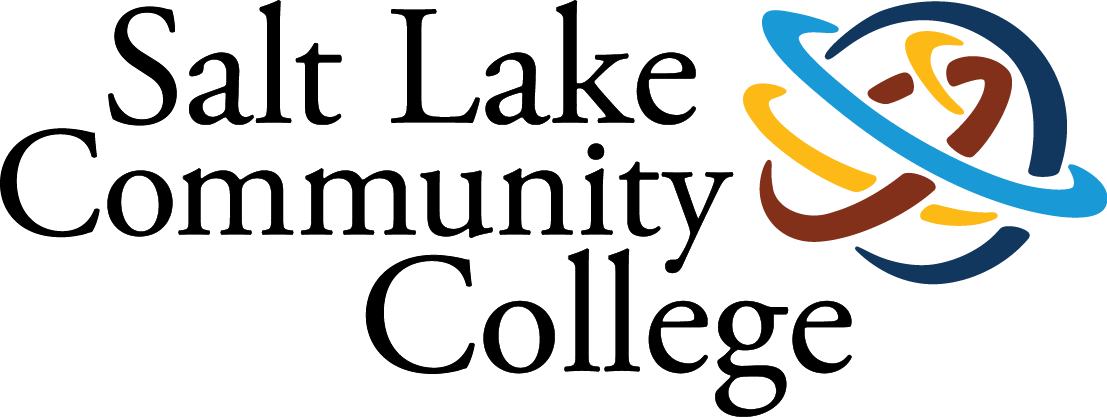Introduction
Introduction and Citations Section:
Please upload your peer-reviewed introduction in Canvas. Make sure you follow the rubric and directions below. Title your paper and list the authors (we suggest Alphabetical order)
This is the section where you tell the readers what your topic is and why you chose your topic, use background research to show why you decided on your hypothesis. The following are listed as requirements in your rubric for this section:
- Introduce your subject and review background research already done on the subject and explain how it supports your hypothesis (including correctly using and citing research article(s))
- Establish the reason this study was done (how does this topic and findings relate to the public?)
- Clearly outline and explain specific hypotheses (See example below)
Consider the following questions:
Why would anyone else be interested in this research? What benefits does your research give to other scientists and the public? Why did you pick this specific area out of the numerous areas available?
Your introduction should have statements or claims you make and then back those statements up with citations from your background research. For every statement/claim you make, you need to have a citation! This does not mean you need a citation for every sentence. Statements/claims can be multiple sentences which are all backed up by the same citation. You should have at least referenced 4 citations in your introduction. What we mean by referenced is that you briefly describe the study you are citing and how it connects with your proposed POPS research project.
Make sure that along with in-text citations you will need to have a citations section/slide where all your citations are listed in APA format. For guidance on writing an annotated bibliography, you can visit the Annotated Bibliography Writing Guide.
Examples
Sample Examples of Sample Hypotheses:
H0: There is no difference in blood sugar between the high and low fiber groups
H1: It is hypothesized that foods with a higher dietary fiber content will minimize the spike in
blood sugar in participants, compared to foods with a lower dietary fiber content. The ingestion of fiber will
slow down the absorption rate of carbohydrates, therefore less insulin will be used.
H2: It is hypothesized that foods with a higher dietary fiber content will increase the spike in
blood sugar in participants, compared to foods with a lower dietary fiber content.

